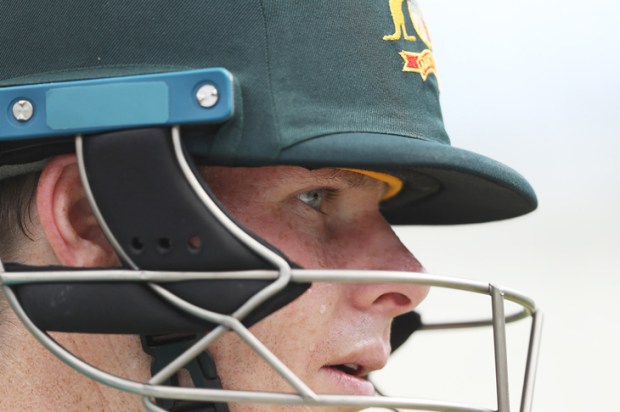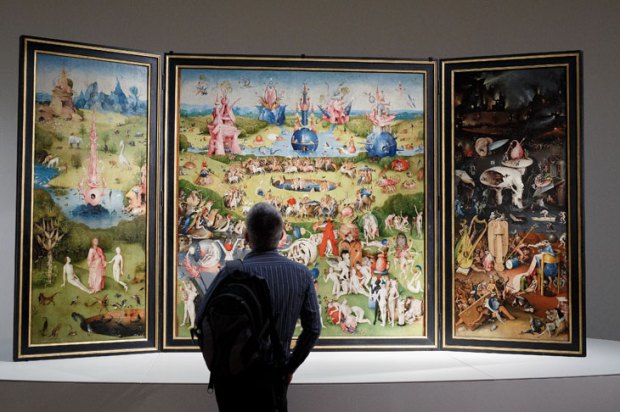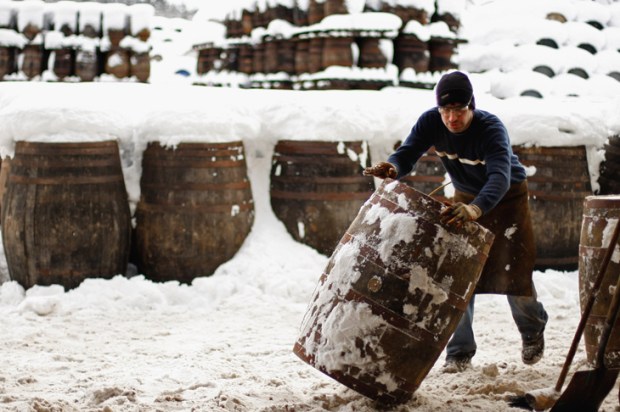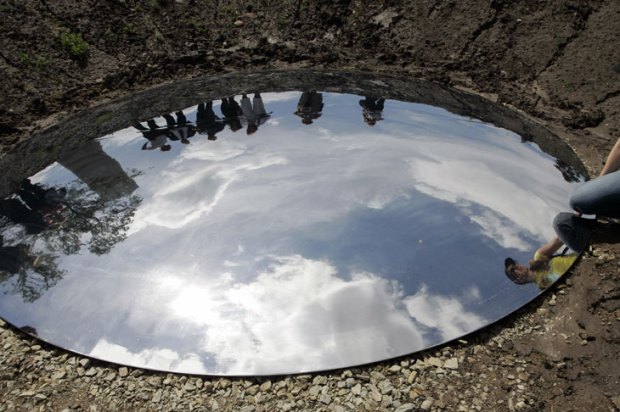What a pleasure it was to be back in Sydney this month after an absence of 14 years. That city has lost none of its world-famous natural attractions, geographic and human (female), and has added some towers in the CBD of unusual distinction. It was a pleasure to reconnect with old friends I had not seen for many years, including Bob Carr, Owen Harries and Paul Keating, still the most entertaining, and one of the most intelligent, heads of government I have known, on five continents and over 40 years of intermittent activity on that circuit. The visit got off to a good start when Australian Immigration at Kingsford Smith graciously admitted me after noting that I checked the box that revealed that I have been convicted of crimes and was sent to prison in the United States. This is not a fact that causes me the least embarrassment, since a moron can see that I was innocent and all counts were abandoned, rejected by jurors, or unanimously vacated by the US Supreme Court.
To the gracious immigration personnel and later at a Sydney University United States Studies Centre panel session at the Opera House, ably chaired by the distinguished American writer James Fallows, I made the points that the United States has 5 per cent of the world’s population, 25 per cent of its incarcerated people and 50 per cent of its trained lawyers, who take 10 per cent of its GDP ($1.8 trillion annually); that it has six to 12 times as many incarcerated people per capita as the most comparable prosperous democracies (Australia, Canada, France, Germany, Japan and the UK); that it has 48 million ostensible felons (including relatively innocuous offences such as driving under the influence and disorderly conduct); and that prosecutors win 99.5 per cent of their cases, 97 per cent without a trial, because of the corruption of the plea bargain system, which is largely the extortion of inculpatory perjury with a full immunity, including for prosecution for perjury. (This is a 50 to 80 per cent higher conviction rate than in Australia, Canada and the UK.) Of all the increasingly glaring shortcomings in US public policy, the terrorism of its prosecutocracy is the most egregious and has received the least attention from the country’s media. The United States has not ceased to be a great nation just because it persecuted me half to death, but this is not the America of the authors of the Constitution or the Bill of Rights, or even that I remember from 50 years ago. (In fact, I found my time as a prisoner quite interesting, but could happily have done without it and was grateful for my early release by the courts.)
Thanks to Peter Coleman (who bears a facial resemblance to John Gorton, as I remember photographs of him), for his generous piece about me in these pages a fortnight ago, and one clarification. It is correct that I have long thought Rupert Murdoch history’s most formidable media proprietor, by his unique combination of bold vision, thorough execution and unlimited energy and ambition. It is also correct that our 20 years of cordial relations lapsed when his media group, allegedly at his direction, fell to the most uniform and vituperative defamation of me when my legal travails arose, to which I replied in robust strictures as best I could. But in a response to a question, in Australia, last year, he was quoted as saying that he did not believe that I had committed crimes, but was betrayed by a dishonest associate. When asked for a response, I said, perhaps optimistically, that I took this accurate assessment as an olive branch graciously offered by Mr Murdoch, which I was pleased to accept and reciprocate. There has been little media recourse to the former avalanche of defamatory nonsense about crimes since I collected $5 million in by far the largest libel settlement in Canadian history from the sponsors of the prosecution, and since my somewhat pyrotechnic exchanges with a couple of mouthy interviewers in London, when I was promoting book sales there a year ago. After I commended myself on camera for resisting ‘the temptation to smash [BBC television hot shot Jeremy Paxman’s] face in’, I was the beneficiary several times of taxi drivers refusing to turn on their meters because, as the first of them said (when I feared that he was going to claim an inflated flat rate for a short trip as he might have judged from my accent that I was unfamiliar with London), ‘I have waited 15 years for someone to put that **** Paxman in his place, and you will never pay for a ride in my cab.’
Never have I felt more keenly than on this visit the communion of interest between Canada and Australia. With the rise of China and India, holding nearly 40 per cent of the world’s population, and after decades under the Maoists and the Nehru family with, effectively, no concept of benefits of a growing, non-socialist economy, their sudden enthusiasm for economic growth has given Australia and Canada, hewers of wood and drawers of water in earlier times, producers’ markets for almost all our base and precious metals, energy, forest products and agriculture. I must say that I do not see a bright early horizon for Australian manufacturing without some course corrections, but the two countries must be the most well-adjusted, commodious, humane and well-governed large countries in the world over the last 25 years, and have many shared, as well as complementary perspectives. The old Commonwealth is largely moribund, but with New Zealand, Singapore and a few of the others, we should come closer together. Let us lead the way in selective multinationalism, a middle road between isolationism and the artificially forced integration that has bedevilled Europe. I will be back before long and am already looking forward to it.
Got something to add? Join the discussion and comment below.
Get 10 issues for just $10
Subscribe to The Spectator Australia today for the next 10 magazine issues, plus full online access, for just $10.
You might disagree with half of it, but you’ll enjoy reading all of it. Try your first month for free, then just $2 a week for the remainder of your first year.













Comments
Don't miss out
Join the conversation with other Spectator Australia readers. Subscribe to leave a comment.
SUBSCRIBEAlready a subscriber? Log in